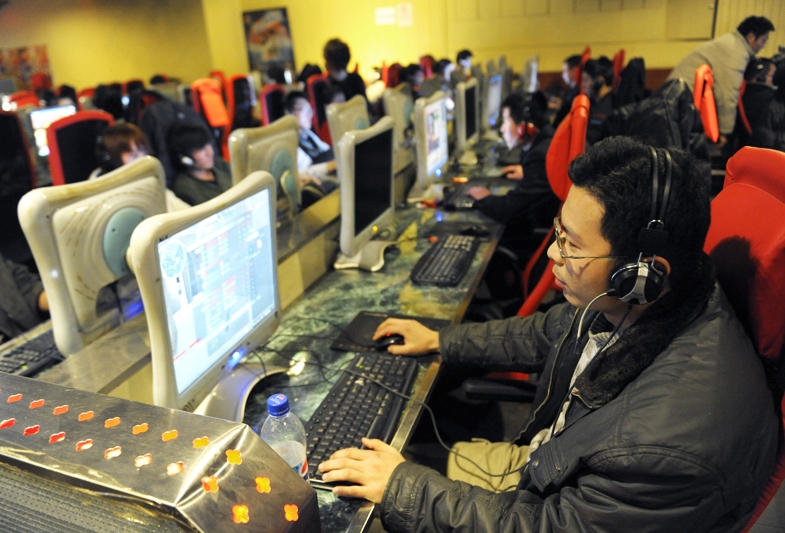Eduardo del Buey
Photo: Reuters
La Jornada Maya
Tuesday, August 27, 2019
Like products, companies and personalities, countries have a brand. Their brand is not only what they wish to project to the world - their values and what they stand for above all, their objectives and their interests - but also how the world perceives them as a result.
Up until the turn of this century, most countries shared a traditional form of public diplomacy – a media presence, cultural and academic exchanges, and scientific cooperation.
Most bilateral relationships were shared between governments, universities, and the private business sector. Governments sponsored cultural or academic events, or even business missions to open new markets or to consolidate existing ones. For multi-national companies, their products and their representatives were key to creating impressions of their home country in their target market. Academics forged partnerships with their counterparts, and universities created exchange programs and relationships. Diplomats assisted in these initiatives through their networks of contacts at home and abroad, and the result was a sharing of knowledge and the creation of perceptions of both the sending and receiving states.
This has undergone a dramatic change in the 21st century. Globalized cultural interaction and new communications technologies have changed the nature and content of international dialogue, and these changes are radically transforming what once was known as public diplomacy.
A major case I wish to visit in this article is that of China.
In forty years, China (and the China brand) has achieved an unprecedented evolution from a third world, isolationist country to become a global economic superpower.
One recalls Chairman Mao’s Cultural Revolution with its excesses and its declaration of war against science and intelligence, seeking to create an agrarian economy that would condemn its population to eternal poverty. Under the leadership of Deng Xiao Ping in the 1980’s, China veered from ideological purity towards modern pragmatism. In his words, it didn’t matter if a cat was black or white, as long as it caught mice.
Today China is a global leader and one of the emerging poles of geopolitical power. To accompany this newfound economic and commercial strength, President Xi Jin-ping announced the Belt and Road Initiative in January 2017. As part of his legacy, he seeks to leave a transportation, communications, and trade network that will benefit China by expediting the flow of raw materials to Chinese producers and Chinese products and technology to foreign markets. In many ways, Belt & Road, is being seen as a way to further the transformation of the China Brand.
Before we explore the China brand, let’s take a step back to understand branding.
To develop a successful brand, four elements are essential.
There must be a product or service to brand.
There must be an audience to whom the branding is directed.
A successful brand has a personality built on a clear set of guiding values and a proposition supported by functional and emotional benefits that underpin the messages sent out to the audience.
Finally, a brand requires mechanisms with which to deliver these messages and receive feedback.
[i]*First of two parts.[/i]
[b][email protected][/b]
Caso cero pudo estar entre mascotas atendidas en campaña gratuita de esterilización: especialistas
La Jornada
La medida deja en incertidumbre a unos 40 millones de beneficiarios que dependen del apoyo
Efe
La presidenta presentará la estrategia este domingo en Palacio Nacional
La Jornada
Cuencas fluviales del Oeste de EU, generalmente más áridas, absorben mayor cantidad de CO2
Efe
